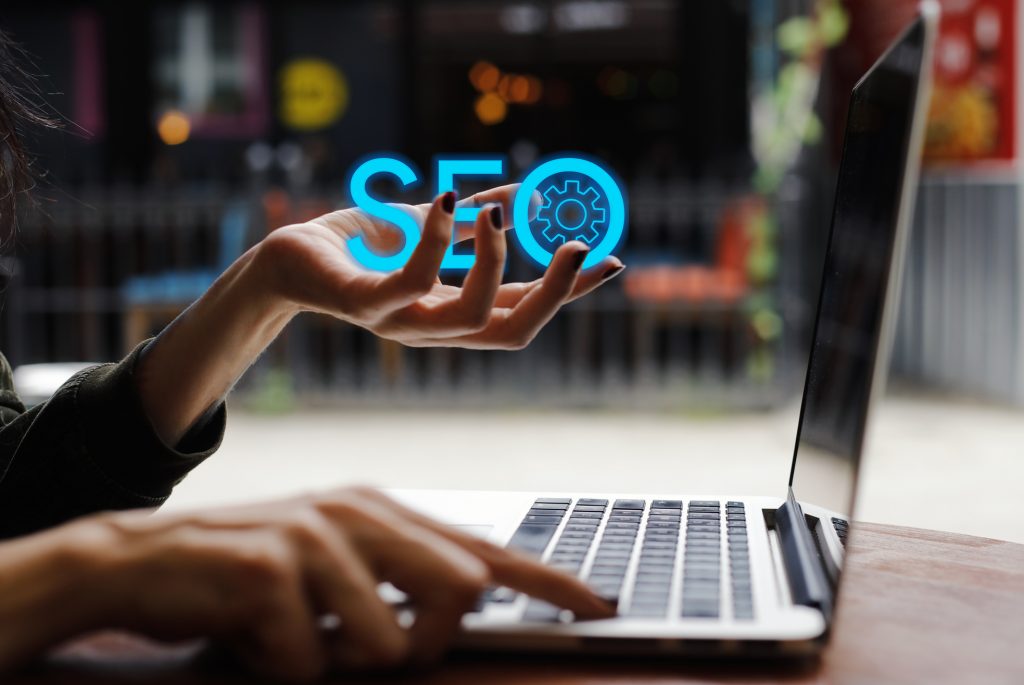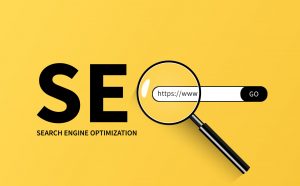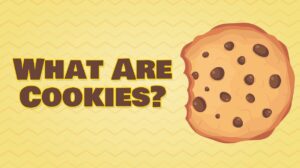SEO Dictionary – Everything you need to know

Search Engine Optimization Concept
SEO optimization is a crucial process to ensure your website’s visibility on Google. SEO optimization involves several practices and techniques that if used correctly can help you get new customers. To help you understand the whole process better, I created a dictionary of SEO terms.
SEO dictionary starting at A to C
Accelerated Mobile pages (AMP) – This web platform was specifically designed to speed up mobile web pages. A page that loads in less than three seconds has the advantage that visitors spend more time on your site, increasing their likelihood of purchasing your products or services.
Algorithm: Search engine algorithms (eg Google) use complex formulas to show users results that include the most relevant content based on their keywords. The best content will position your site among the top results on Google. This is a crucial step to increase visibility for potential customers.
Alt Tag IMG – Alternative text to an image uploaded on the site. This attribute provides non-visual browsers with a description for these images.
Anchor Text – Words containing a link will redirect the user to another page on the site visited or to a different site.
Authority (or Domain Authority – This is an important attribute because it is the score your site receives from search engine algorithms. This score is based on backlinks and E-A-T ratings. It will determine the rank of your pages on search engines such as Google.
Backlink – Also known as “inbound” or “external”, These are links that point users to your website. These backlinks are ranking signals for Google because they indicate authority. Google will give you more trust if your site has as many backlinks as possible, and this is true for both quality and quantity.
Black Hat SEO is an SEO optimization technique that goes against search engine algorithm rules. This involves buying links, stringing together keywords and hiding the content. It aims to rank well on Google and other search engines. These sites are heavily penalized by search engines once they’re discovered.
Broken link – When we click on a hyperlink that takes us to a page with the message “404 error not Found”, it will display “Interrupted Link”
Branded/Non-branded Searches: Branded search results are searches that include your brand name and keywords.
Caching – UX tool. It copies a website onto a static server version, increasing the site’s loading speed. This is especially important for mobile devices.
Core Web Vitals – Also known as “field data” by Google. These are key performance indicators for some web pages: FID (First Input Delayed), LCP (Largest Contentful Painting), CLS (Cumulative Layout Switch), and FID (First Contentful Paint).
Crawling is the process of analyzing websites using search engines like Google to determine if they are trustworthy. When you need to compare your website with that of the competitors, crawling is also known as analyzing the website’s content using SEO tools (eg Ahrefs Moz, Semrush).
CTR is an acronym for “Click-through Rate” (Click rate). This performance indicator indicates the user access rates of a page in Google results. This calculation involves dividing the number clicks on a page with the total number. Then, the result is multiplied 100.
SEO Total clicks
SEO dictionary starting at E to L
E-A-T is an acronym for Expertise, Authority and Trust. This is a factor that affects the quality score of your web pages.
Customer experience (CX or UX) – This is a measure of a visitor’s experience with your website, in terms of how fast pages load or what content they are provided.
Featured Snippets – This is information in text form that is presented directly to the user on the Google results page.
FID (First input delay) – This is a performance indicator that measures the time taken from the moment a user clicks on a page to open it.
Google BERT is an acronym for “Bidirectional Ecoding Representations From Transformers”. It’s a tool that artificial intelligence uses to translate text so Google’s algorithms can understand it.
GSC is the acronym for Google Search Console. It’s an online tool that tracks online searches and analyzes website performance based on them.
XML sitemap (XML Sitemap) – This is an instrument that can influence the site’s value. This is the sitemap, or more specifically, the structure of a site. It includes sections and links. Sitemaps not only help your visitors navigate, but also help you to rank your site on search engines.
Indexing – Search engines use indexing to store and capture information about your site such as its structure or content.
Webmaster Tools – This tool allows you to check how search engines index your site.
Keywords – These keywords are crucial for SEO. These keywords will be entered into search engines by users. If your site is properly optimized, you will appear on the first page.
LCP – An acronym for “Largest Contained Paint”. This metric measures how long it takes for a browser (in seconds) to load the largest element on a webpage. It can be either an image, video, or text. A good LCP means loading in less than 2.5 seconds. One that is not working well takes 4 seconds. A poor LCP takes over 4 seconds.
SEO dictionary M to W
Affiliate marketing is the process whereby an affiliate site (also known as a retailer) promotes products from another company and earns a commission for each sale.
Meta Description – Meta Description is the text under the title of a webpage that search engines display. It should be concise and relevant to the content that a user will find on that page. A meta description should include keywords used to optimize the page for search engines.
SEO Meta Description
Query – The words that are entered into a search engine’s query box. They are basically questions about a topic users are searching for answers to. In 2020, for example, people searched for information about the Coronavirus.

Google Pay-Per Click Ads – Paid advertisements that provide information about a brand and targeted consumers. Each click is paid for.
Rich Results – A general term that includes visual representations of search engine result (Meta Description); embeds Rich Snippets.
Rich Snippets are attractive elements that go with the meta description in Google search results. These elements can include images, product ratings, or any other pertinent information.
SEM – Acronym for “Search Engine Marketing”. It is activities that generate income online through the use search engines.
SEO (Search Engine Optimization) is an acronym for “Search Engine Optimization”, in translation Search Engine Optimization. It refers to a set of techniques that optimize pages of websites with the goal of getting organic (free) search engine traffic.
SEO techniques
Search Engine Results Page – Also known as SERP, it is the page that appears after a keyword search on Google.

Search engines use spider/web crawler programs. These programs are designed to analyze the web pages’ content in detail and perform an automated, continuous search.
Structured data – Google’s algorithms are concerned with ensuring that users get information quickly and efficiently. There are a few rules you must follow to ensure that your site is visible. Structured Data is a collection of all the tools and processes that you must use so that Google can determine if your web pages contain the relevant information.
Tags – These elements, also known as “Tags”, are elements that search engines can see that provide information to them about the content of your website. These tags are crucial in SEO optimization. There are three types of these tags: Alt Tag, Title Tag, and Meta robots tags.




